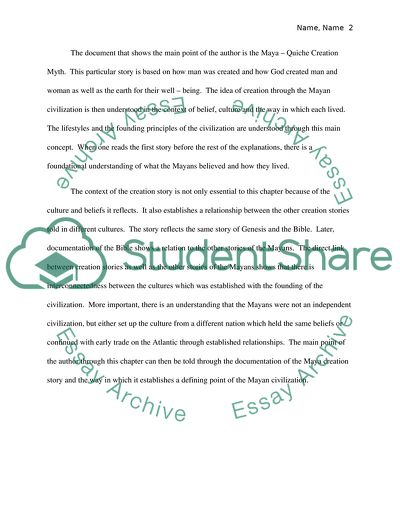Cite this document
(Development and Evolution of the Mayan Society Assignment, n.d.)
Development and Evolution of the Mayan Society Assignment. Retrieved from https://studentshare.org/history/1742488-the-atlantic-world-by-thomas-benjamin
Development and Evolution of the Mayan Society Assignment. Retrieved from https://studentshare.org/history/1742488-the-atlantic-world-by-thomas-benjamin
(Development and Evolution of the Mayan Society Assignment)
Development and Evolution of the Mayan Society Assignment. https://studentshare.org/history/1742488-the-atlantic-world-by-thomas-benjamin.
Development and Evolution of the Mayan Society Assignment. https://studentshare.org/history/1742488-the-atlantic-world-by-thomas-benjamin.
“Development and Evolution of the Mayan Society Assignment”, n.d. https://studentshare.org/history/1742488-the-atlantic-world-by-thomas-benjamin.


